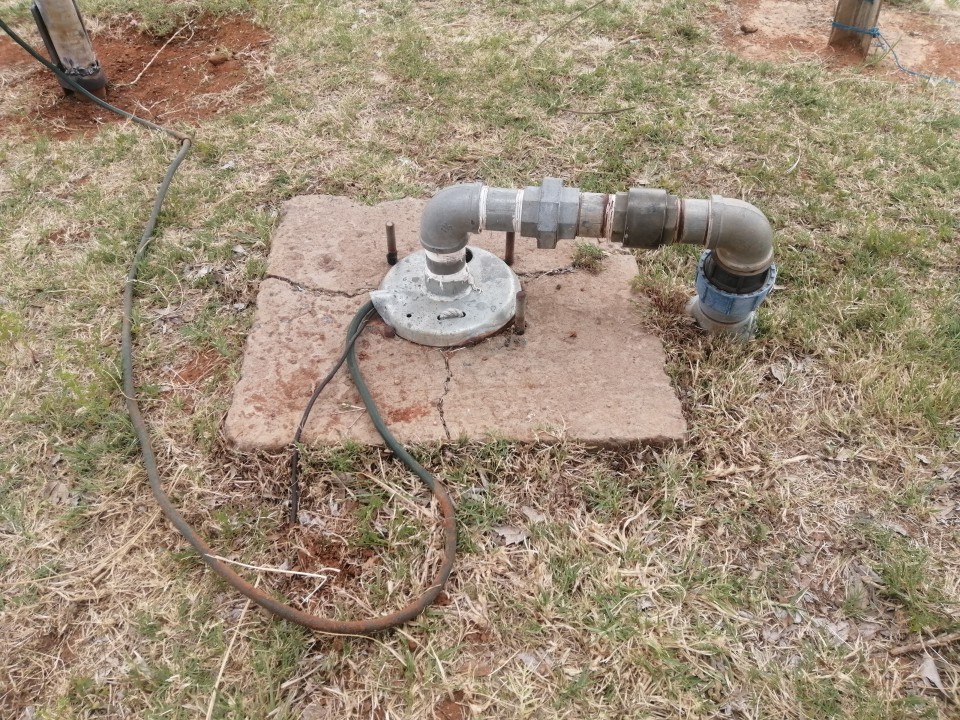Agriculture is the backbone of many economies and communities, but it often faces significant challenges from pests that threaten crops and yields. While chemical pesticides have been the go-to solution for pest management, cultural practices provide sustainable and environmentally friendly alternatives. This article explores various cultural practices that can effectively prevent agricultural pests, ensuring healthy crops and a thriving ecosystem.
For effective Pest Control Stevenage, trust our trained professionals who use safe, environmentally friendly methods to deal with infestations. We ensure that your property remains pest-free while minimizing harm to your family, pets, and the environment.
Understanding Cultural Practices in Agriculture
Cultural practices in agriculture refer to methods of managing farming systems that focus on altering the environment to make it less conducive for pests. These practices are holistic and integrated, considering the entire agricultural ecosystem, including soil health, crop diversity, and the interactions among various organisms.
Crop Rotation: Breaking the Pest Cycle
One of the most effective cultural practices is crop rotation. This involves alternating the types of crops grown in a particular area from season to season. By rotating crops, farmers disrupt the life cycles of pests that may have adapted to specific crops. For instance, if a field is planted with corn one year and beans the next, pests that thrive on corn will find themselves without a food source when beans are planted.
Benefits of Crop Rotation:
- Pest Population Control: Disrupts the habitat and breeding cycles of specific pests.
- Soil Health Improvement: Different crops contribute varying nutrients to the soil, enhancing its fertility.
- Disease Prevention: Reduces the likelihood of soil-borne diseases that can accumulate when the same crop is grown repeatedly.
Intercropping: Enhancing Biodiversity
Intercropping involves growing two or more crops in close proximity to each other. This practice can confuse pests and disrupt their feeding habits. For example, planting companion plants, such as marigolds alongside vegetables, can repel harmful insects while attracting beneficial ones.
Advantages of Intercropping:
- Natural Pest Control: The diversity of plants can attract predatory insects that prey on pests.
- Resource Optimization: Different plants can utilize nutrients and sunlight more efficiently, leading to healthier crops.
- Microclimate Creation: Diverse plantings can create microclimates that are less hospitable to pests.
Soil Management: Building Resilience
Healthy soil is the foundation of robust plant growth and pest resistance. Practices such as cover cropping, mulching, and organic amendments contribute to soil health, improving its structure and fertility.
Key Soil Management Practices:
- Cover Cropping: Planting cover crops during the off-season prevents soil erosion and improves nutrient availability. These crops can also suppress weed growth, which often harbors pests.
- Mulching: Applying organic mulch can regulate soil temperature, retain moisture, and reduce weed growth. It also creates a habitat for beneficial organisms that help control pests.
- Composting: Incorporating compost enriches the soil with nutrients, promoting stronger plants that are better equipped to withstand pest attacks.
Timing of Planting: Strategic Scheduling
The timing of planting can significantly influence pest populations. By understanding the life cycles of both crops and pests, farmers can optimize their planting schedules to minimize pest pressure.
Strategic Timing Techniques:
- Early Planting: Starting crops earlier in the season can allow them to mature before peak pest activity.
- Delayed Planting: In some cases, delaying planting until after certain pests have emerged can reduce the likelihood of infestation.
- Succession Planting: Staggering plantings over time can provide a continuous supply of crops while minimizing vulnerability to pests.
Sanitation: Maintaining a Clean Environment
Good sanitation practices are vital for pest prevention. This involves removing debris, weeds, and any infected plant material that could harbor pests or diseases.
Effective Sanitation Practices:
- Field Cleanliness: Regularly inspect and clear fields of any dead plants or debris that may attract pests.
- Equipment Hygiene: Cleaning tools and equipment after use can prevent the spread of pests from one area to another.
- Waste Management: Properly disposing of waste and plant materials reduces potential breeding grounds for pests.
Monitoring and Scouting: Staying Informed
Regular monitoring of crops for signs of pest activity is essential. Scouting allows farmers to identify pest problems early and implement control measures before infestations escalate.
Monitoring Techniques:
- Visual Inspections: Regularly checking plants for signs of damage or pest presence helps catch issues early.
- Traps: Utilizing traps can help monitor pest populations and determine when control measures are needed.
- Record Keeping: Maintaining records of pest activity can inform future management decisions and improve pest control strategies.
Community Involvement: Sharing Knowledge
Collaboration among farmers can enhance the effectiveness of cultural practices. Sharing knowledge, experiences, and resources fosters a supportive community focused on sustainable agriculture.
Community Engagement Strategies:
- Workshops and Training: Organizing educational sessions on pest management and sustainable practices can empower farmers with the necessary skills.
- Collaborative Projects: Working together on pest monitoring initiatives can yield valuable data and insights for all participants.
- Local Resources: Utilizing local agricultural extension services can provide tailored advice and support for pest management strategies.
By implementing these cultural practices, farmers can create resilient agricultural systems that not only prevent pests but also contribute to the overall health of the environment. Adopting these sustainable methods fosters a balanced ecosystem, ensuring that both crops and beneficial organisms can thrive. Emphasizing these practices is essential for the future of agriculture, benefiting not just individual farmers but communities and ecosystems as a whole.




